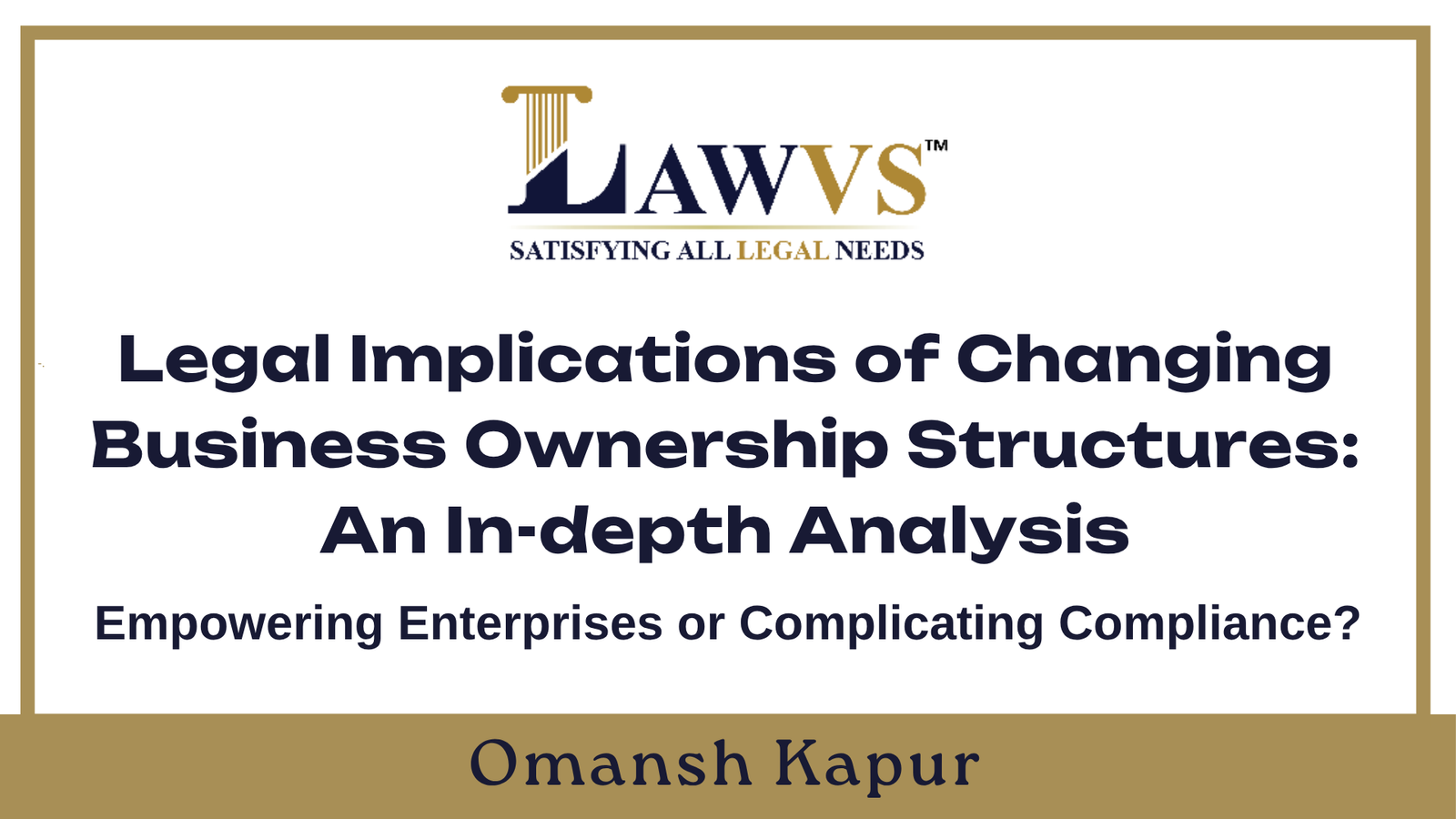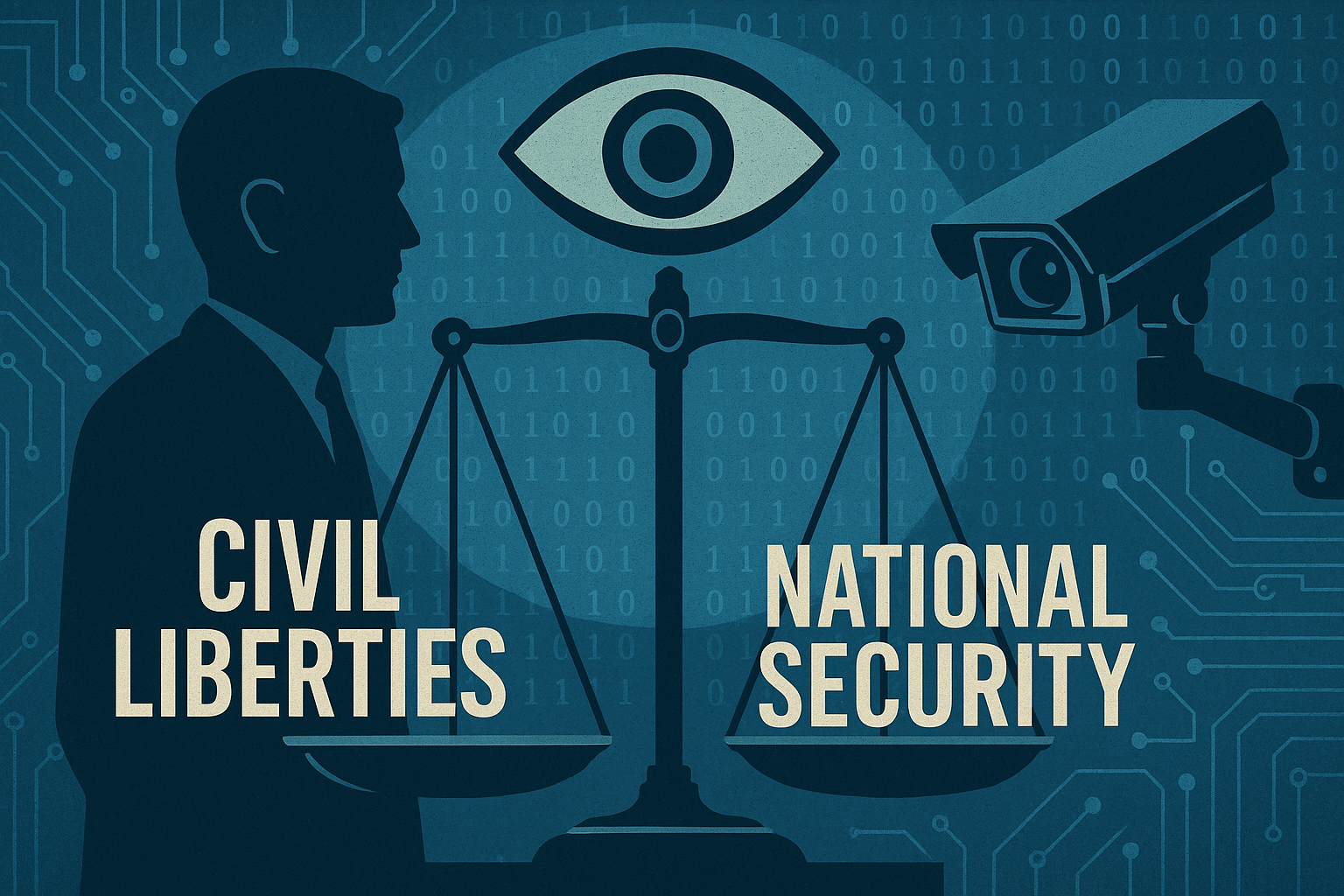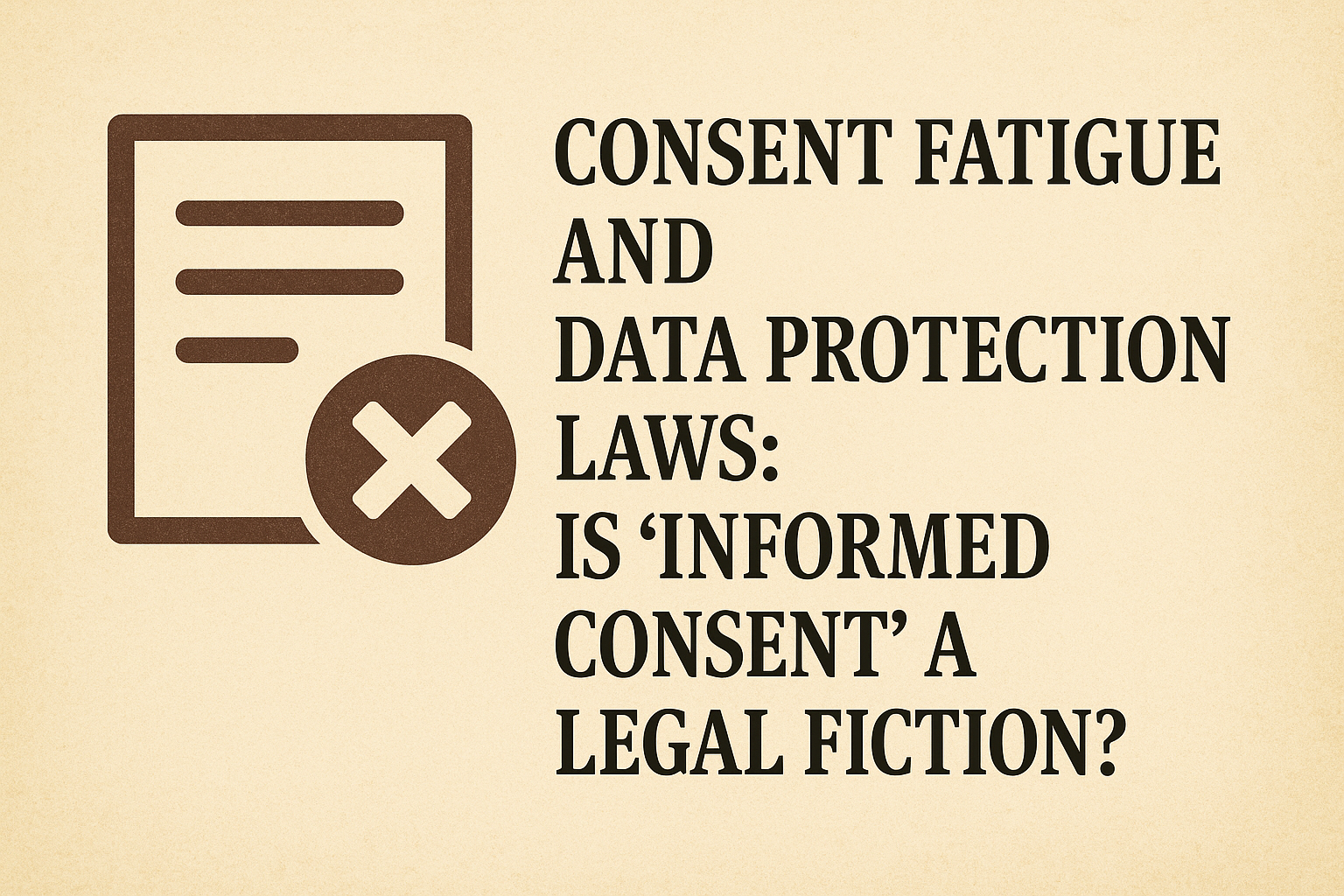Legal Implications of Changing Business Ownership Structures: An In-depth Analysis
Changing the ownership structure of a business is a significant decision that can stem from various strategic reasons such as business expansion, entry of new investors, succession planning, or better legal and financial management. Whether it's a sole proprietorship evolving into a partnership or private limited company, a partnership converting into a limited liability partnership (LLP), or a merger or acquisition of firms, each transition involves a web of legal implications that must be navigated with caution and clarity.
At the heart of any ownership change lies the need for regulatory compliance. In India, any transformation in the structure of a business requires the filing of relevant documents and applications with government authorities such as the Ministry of Corporate Affairs (MCA), the Registrar of Companies (ROC), the Income Tax Department, and sometimes sector-specific regulators. For instance, converting a partnership firm into a private limited company necessitates compliance with the Companies Act, 2013, including the drafting and filing of the Memorandum of Association (MoA) and Articles of Association (AoA), obtaining a new Permanent Account Number (PAN), updating GST registration, and revising other licenses or permits associated with the earlier entity.
Another crucial legal aspect is the treatment of contractual obligations. When a business changes hands or its legal structure changes, it may affect the enforceability of existing contracts. Contracts with vendors, clients, and service providers often include clauses that require notification or even consent in the event of a change in ownership or control. Failure to comply with these clauses can lead to contract termination or legal disputes. For instance, if a sole proprietorship is sold to another person or converted into a company, the existing agreements may not automatically transfer unless there are assignment provisions.
Moreover, one of the most significant legal outcomes of changing a business structure is the shift in liability. In sole proprietorships and general partnerships, the owners are personally liable for the debts and obligations of the business. By converting into a company or an LLP, business owners gain the benefit of limited liability, meaning their personal assets are protected from business debts. However, this protection is only effective when the new structure is properly formed and compliant. Also, in case of a merger or acquisition, whether liabilities transfer depends on the type of transaction. In an asset purchase, liabilities generally do not transfer unless specifically agreed upon, whereas in a share acquisition, the buyer inherits both assets and liabilities of the target company.
Taxation is another domain where legal implications are prominent during a structural change. Transferring ownership, especially through the sale of shares or assets, can attract capital gains tax under the Income Tax Act. Additionally, in some cases, tax benefits enjoyed by the previous entity may not be available after restructuring. For example, certain business losses carried forward under one structure may not be permitted to continue under a new entity unless conditions specified in tax laws are fulfilled. This could impact the profitability and financial planning of the restructured business.
Employee rights and labour laws also come into play. A change in the business structure may lead to ambiguity regarding the continuity of employment, especially if the employer changes. The law requires that employee benefits such as gratuity, provident fund, and leave balances be preserved and transferred appropriately. It is the legal obligation of the new structure or management to honour existing employment agreements unless renegotiated with due consent.
Intellectual property is another critical area that needs legal attention. When a business changes structure, trademarks, copyrights, designs, and patents owned by the business must be re-registered or assigned in the name of the new entity to ensure continued protection and ownership. If this step is overlooked, the business may lose its rights or face infringement challenges.
Furthermore, changing ownership structures often involves seeking approvals and passing resolutions. In companies, shareholder and board resolutions are legally required to approve such structural changes. For example, the Companies Act mandates that certain decisions, such as conversion into a different type of company or a merger, must be approved by a special resolution. Not adhering to these legal formalities can render the restructuring invalid or attract penalties.
Governance and compliance frameworks also evolve with a change in structure. A sole proprietor moving to a private limited company has to adopt corporate governance practices such as holding regular board meetings, maintaining statutory registers, and undergoing audits. These changes introduce new legal responsibilities, and failing to fulfil them can lead to penalties, prosecution, or loss of business reputation.
In conclusion, changing the ownership structure of a business is more than just a strategic or financial decision; it is a deeply legal transformation that affects every operational, regulatory, and contractual facet of the enterprise. It impacts how the business interacts with the law, stakeholders, employees, and the market. Therefore, before embarking on such changes, business owners must conduct a thorough legal due diligence process. Engaging legal and financial advisors to evaluate implications and ensure compliance with all applicable laws is not only recommended but essential. A well-planned and legally sound transition can pave the way for growth and stability, whereas a poorly managed change can expose the business to legal disputes, financial penalties, and operational setbacks.








